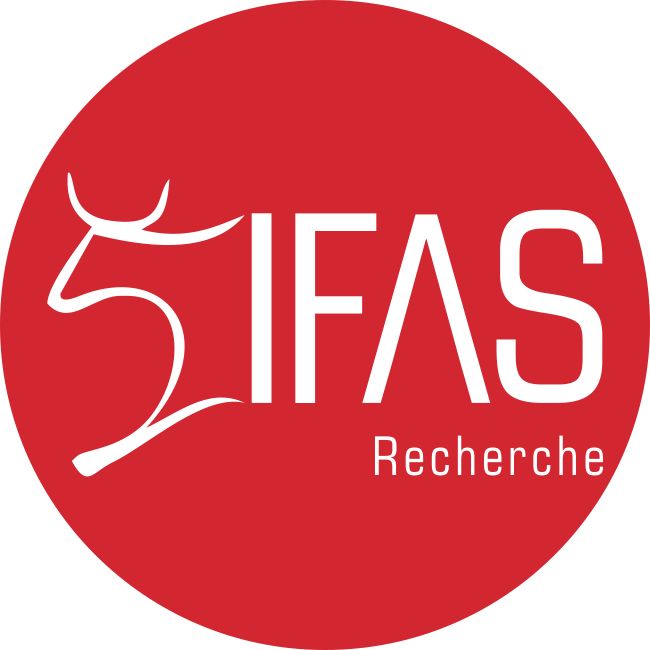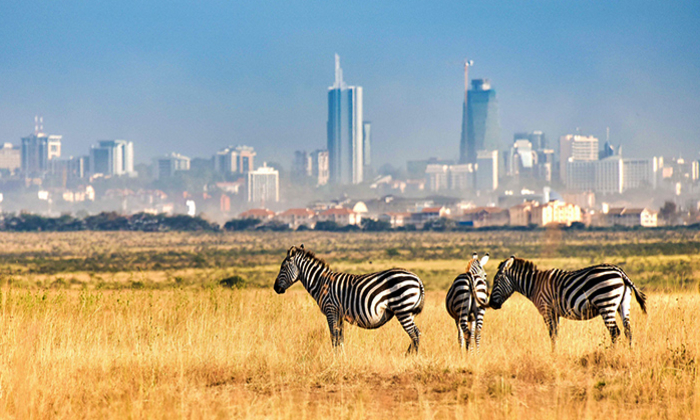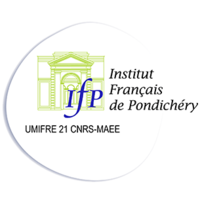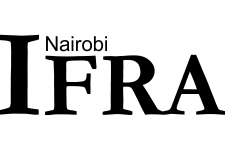Past Projects
- ANR UNPEC – Urban National Parks in Emerging Countries and Cities (2012-2018)
Les parcs nationaux dans les métropoles des pays émergents
In short
The ANR UNPEC project was initated in 2012 to assess in which way urban national park management methods were indicative of the level, dynamics and forms of emergence in the following cities: Cape Town, Mumbai, Nairobi and Rio de Janeiro. Thanks to a collaboration between the Université Paris-Nanterre, IFRA Nairobi and IFAS-Recherche, the project resulted in the publication of From Urban National Parks to Natured Cities in the Global South (Springer Singapore, 2018).
Who
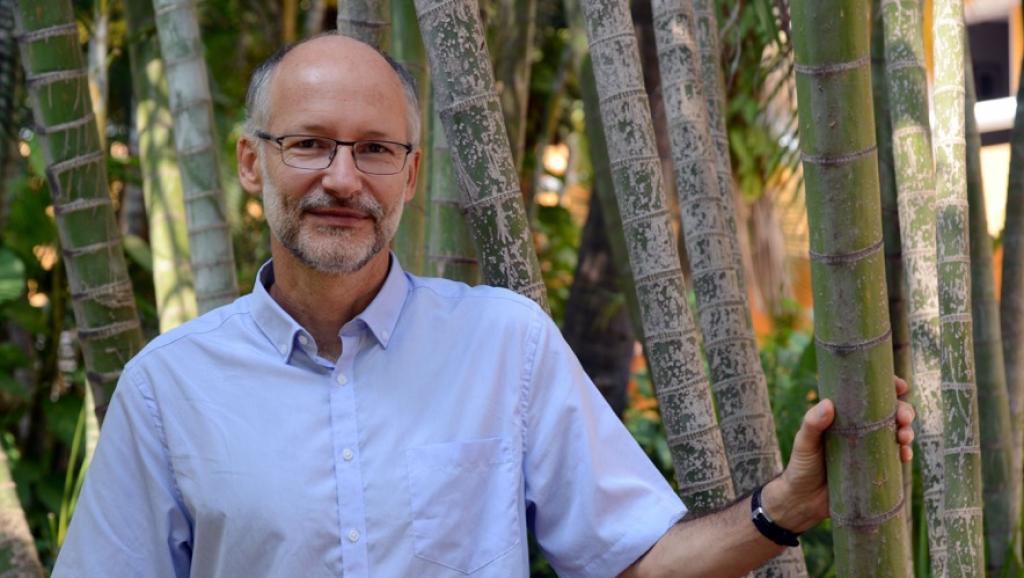
Frédéric Landy
Director – Institut Français de Pondichéry
Professor – Université Paris-Nanterre
Project Coordinator
What
The issue of national parks is generally considered from a “conservation vs. development” perspective. There is an abundant literature on this topic, which mostly emphasizes the need for participative management to include local people in developing and implementing conservation policy, thus reconciling efficiency and equity. When considering protected areas found in the megalopolises of developing countries, however, some of our usual conclusions must be set aside, even at the risk of political incorrectness.
When expanding slums, multiplying upper-class residences, and other competing land uses blur the boundaries of national parks they abut-and sometimes subsume – is it still possible to advocate joint management and participation? Some of local dwellers often have no interest in park conservation – in particular as they usually enjoy but limited access to and benefits from it, and remain largely estranged from the “environmental knowledge” which could otherwise motivate support for biodiversity conservation.
In the urban South, a similar paradigm shift is needed with regard to policies on housing for the poor. Rather than justifying slum clearance and resettlement, most scholars instead advocate in situ rehabilitation. This approach weakens, however, when confronted with slums that have set up within or beside national parks: rehabilitation in those specific places can undermine the very natural systems such protected areas exist to preserve.
These issues are all the more complex given the international context in which they are located: emerging countries (to varying degrees). “Emergence”, in socio-cultural terms, means nothing if not the juxtaposition of increasingly contrasted groups with diverging representation patterns. More rich people, but as many poor as before: broadly speaking, this is the situation in Brazil, India, South Africa and even Kenya. Well-off people adopt dominant ideas from the West, considering urban parks as a recreation areas or as places devoted to the good cause of biodiversity conservation, or as privileged places for themselves to live nearby. On the contrary, some slum dwellers tend to see the protected area as a stock of land to be potentially built on. For the herdsmen of Nairobi and farmers of Mumbai, the park remains a means of livelihood, where agriculture, grazing or collecting firewood are possible.
Lastly, the process of “emergence” in these five countries highlights new issues at stake: these parks are called “national” but, since they are located in a local dimension within urban agglomerations, they face the challenge of designing and implementing management strategies at all of these multiple scales. Parks can contribute to the global image of the city and reach the status of iconic logos (Cape Town, Rio) whereas until now, they may have been considered as a local source of income (Nairobi) or neglected by urban decision makers (Mumbai). Environmental objectives can be a rallying factor for local (Rio) even national (Cape Town) integration – at least in a narrative form – but they can also work as tools of spatial and social segmentation (Mumbai).
> More details about the ANR UNPEC
- Yeoville Studio
Community-oriented research and teaching initiative
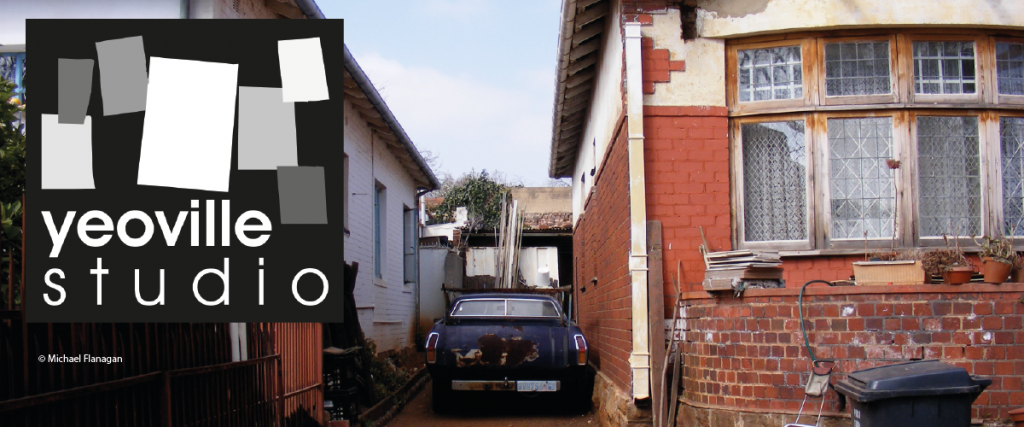
Yeoville Studio was a research and learning initiative driven by a collaboration between the Wits School of Architecture and Planning and several community partners in Yeoville, Johannesburg. It ran from 2010 to 2012 and aimed to produce research that of relevance, use and interest to the Yeoville community.
As a result of the project, a book will be published in 2019 by Wits University Press. (see the publications page on our website)
Who?
The project was led by students and staff from the University of the Witwatersrand, School of Architecture and Planning who built a partnership with three main civil society organisations in Yeoville: the Yeoville Stakeholders Forum (YSF), the Yeoville Bellevue Community Development Trust (YBCDT), and the SA National Traders Retailers Alliance (SANTRA).
The Yeoville Studio was directed by Associate Professor Claire Bénit Gbaffou, assisted by two Master student : Naomi Roux, as administrative coordinator, in 2010 and by Simon Mayson in 2011. Over the two years, more than 20 staff members from Wits participated in the initiative, and about 200 students, from first years to P.h.D candidates, mainly in the School of Architecture and Planning, were involved in different degrees in research projects linked to the Studio.
The Studio was mainly funded by Wits University (Strategic Funding, the Wits School of Architecture and Planning and the Centre for Urbanism and the Built Environment Studies). IFAS-Recherche was also a key partner in the initiative, involved from the start of the project (in particular in the Urban Memory/Urban Stories strand, through the then IFAS-Research Director, Dr Sophie Didier), until its very end (with unfailing
support to the final book and website, through IFAS-Research Director between 2016 and 2019, Dr Thomas Vernet-Habasque). A third important funder was the Goethe Institute of South Africa.
What?
Four research themes were identified jointly between Wits and the Studio partner organisations, YSF, YBCDT and SANTRA: Urban Stories, African Diversity, Housing, Public Spaces.

When?
The Studio ran from January 2010 to December 2011, where a huge amount of research was generated on a variety of themes, organised along the four themes. The research in the first year was centered around Yeoville stories, memory and identity; on this basis, the second year of the Studio could respond more directly to what the community partners had identified as main local issues – housing and trading.
Where?
The organisers of the project decided to choose the most interesting area in Yeoville, including the pericentral suburbs of Yeoville, Bellevue and Bellevue East, for this first iteration of City Studios in the School of Architecture and Planning. This area was chosen mainly because of the interest and enthusiasm for the partnership of one key local community organiser, Maurice Smithers (through the Yeoville Bellevue Community Development Trust). Yeoville is also a neighbourbood with a strong urban identity, epitomising many features and complexities of contemporary urban central areas. It is easily accessible to students of the University of the Witwatersrand, and close to the heart of many Wits students, having lived in the neighborhood at one stage of their lives.

How?
Wits students and staff, in conjunction with residents, taught through projects on various topics and spaces in Yeoville, pertaining to the four themes of the project. This involved different levels of study, from 2nd year to Masters, collective class or individual research.
They also engaged with Yeoville communities and the broader public, in multiple and regular ways: through Yeoville community workshops – to define topics and expected outputs, to collect stories and start engagement, to present and debate findings; through public events such as exhibitions in Yeoville and at Wits, participation in Yeoville street festivals and community events, in municipal workshops ; through the production of community-oriented outputs (posters, films, booklets, newspaper articles, scale models, etc).
And finally, by producing academic research, that includes junior researchers, nurture inter-disciplinary dialogue, and reflects on what grounding urban studies in engaged research means for producing knowledge on the city.
> The Yeoville Studio website presents the project details and offers additional material not published in the book

